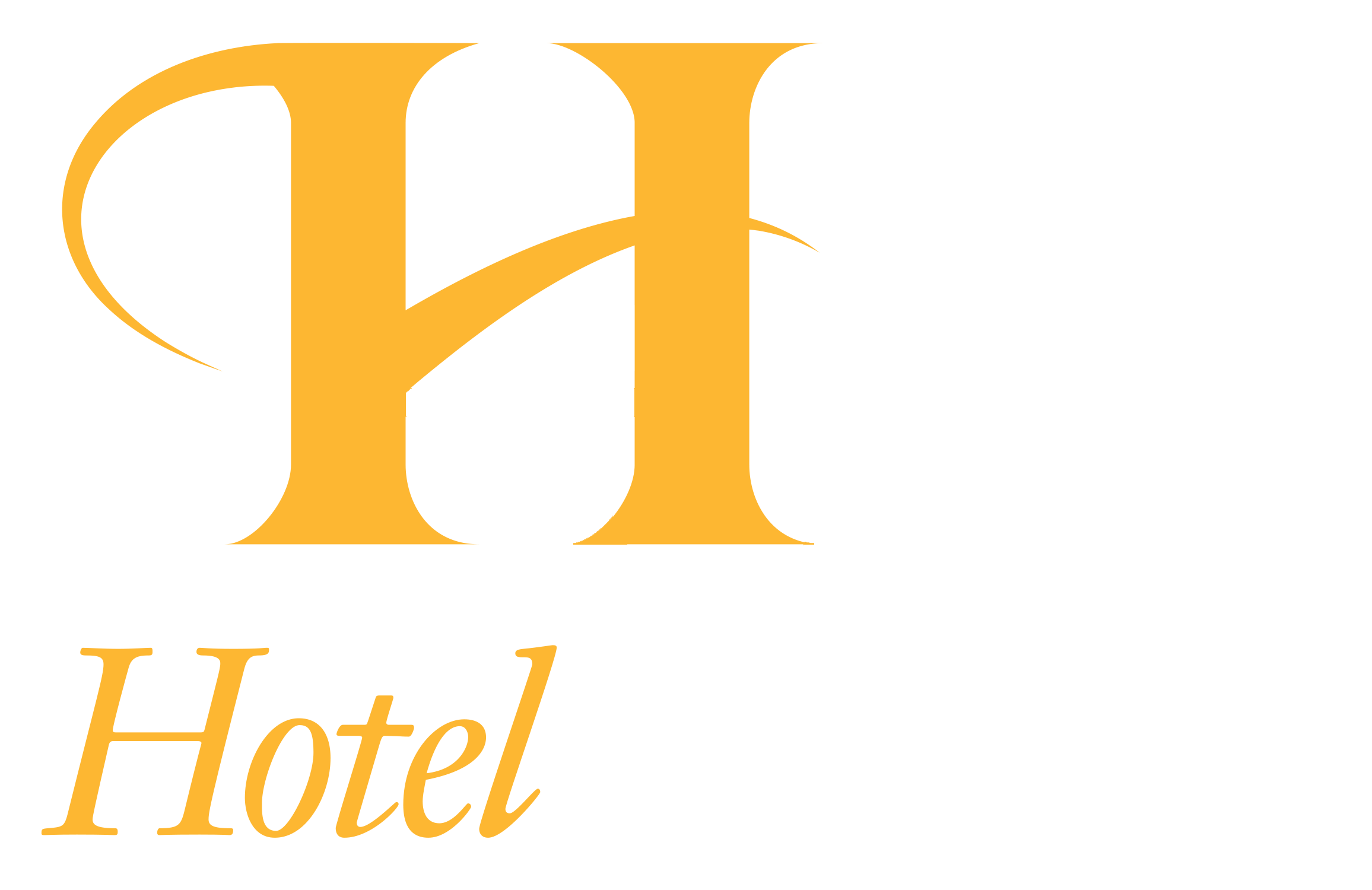Could you Talk The Retail Discussion
Acquiring something to tell apart yourself out of your competitors is among the hardest portions of getting “in” with a retail store. Having the right product and image is definitely hugely important; however , thus is being allowed to effectively converse your product idea into a retailer. Once you get the store owner or shopper’s attention, you can obtain them to analyze you within a different light if you can speak the “retail” talk. Making use of the right language while interacting can further more elevate you in the eyes of a shop. Being able to use a retail vocabulary, naturally and seamlessly of course , shows a level of professionalism and experience that will make YOU stand out from the crowd. Regardless if you’re only starting out, use the list I’ve given below as a jumping off point and take the time to do your homework. Or and supply the solutions already been surrounding the retail mass a few times, talk about it! Having an understanding in the business is going to be priceless to a retailer ihatemalware.com because it will make working with you that much less difficult. Being able to walk the walk and talk the talk (even if you’re self-taught, will help you significantly on your quest for retail accomplishment. Open-to-Buy Here is the store potential buyer’s “Bible” in managing his / her business. Open-to-Buy refers to the merchandise budgeted for sale during the course of period that has not yet been ordered. The quantity will change with regards to the business craze (i. at the. if the current business is going to be trending better than plan, a buyer may possibly have more “Open-to-Buy” to spend and vice versa. ) Sell Thru % Sell Thru % is the calculation of the quantity of units purcahased by the customer pertaining to what the shop received through the vendor. As an illustration: If the shop ordered 12 units of the hand-knitted baby rattles and sold 12 units a week ago, the sell off thru % is 83. 3%. The proportion is scored as follows: (sold units/ordered units) x 70 = offer thru % (10/12) x100 = 83. 3% This is a GREAT sell off thru! Truly too great… means that all of us probably could have sold more. On-hand The On-hand is definitely the number of models that the retail outlet has “in-stock” (i. elizabeth. inventory) of a specific merchandise. Using the previous case, we now have two on-hand (12 minus 10). Weeks of Supply (WOS) Once you calculate the sell via % for your selling items, you want to estimate your WOS on your best selling items. Weeks of Resource is a body that is determined to show how many weeks of supply you at the moment own, offered the average offering rate. Using the example over, the food goes such as this: current on-hand/average sales sama dengan WOS Let’s say that the ordinary sales with this item (from the last some weeks) is definitely 6, in all probability calculate your WOS mainly because: 2/6 sama dengan. 33 week This quantity is informing us that many of us don’t have even 1 full week of supply still left in this item. This is showing us that any of us need to REORDER fast! Pay for Markup % (PMU) Get Markup % is the computation of the retailer’s markup (profit) for every item purchased to get the store. The formula moves like this: (Retail price – Wholesale price)/Retail Price 1. 100 = Purchase Markup % Example: If an item has a inexpensive cost of $5 and outlets for $12, the order markup is usually 58. 3%. The percentage is normally calculated the following: ($12 – $5)/$12 4. 100 = 58. 3% PMU Markdown % Markdown % is the reduction in the selling price associated with an item after having a certain selection of weeks during the season (or when an item is not really selling along with planned). In the event that an item is yours for $126.87 and we have got a 40% markdown pace, the NEW value is $60. This markdown % can lower the money margin for the selling item. Shortage % The shortage % may be the reduction of inventory because of shoplifting, staff theft and paperwork error. For example: if the store a new total product sales revenue of $300k unfortunately he missing $6k worth of merchandise at the conclusion of the season, the scarcity % is without question 2%. (6k divided by simply 300k) Gross Margin % (GM) The gross border % needs the pay for markup% revenue one step further by incorporating some of the “other” factors (markdown, shortage, employee ) that affect the important thing. 100 & Markdown% + Shortage% = A x Expense Complement of PMU sama dengan B 75 – Udem?rket – workroom costs — employee price reduction = Major Margin % For example: Suppose this division has a 40% markdown amount, 2% lack, 58. 3% PMU,. 2% workroom cost and. five per cent employee low cost, let’s evaluate the GM% 100 + 40 & 2 = 142 142 x (1 -. 583) = 59. 2 75 – fifty nine. 2 –. 2 –. 5 = 40. 1% GM RTV is short for Return-to-Vendor. Their grocer can demand a RTV from a vendor when the merchandise is undoubtedly damaged or perhaps not reselling. RTVs may also allow stores to step out of slow vendors by talking swaps with vendors with good romantic relationships. Linesheet A linesheet certainly is the first thing that a store consumer will ask for when looking towards your collection. The linesheet will include: fabulous images from the product, style #, wholesale cost, suggested retail, delivery time, minimums, shipping facts and conditions.
